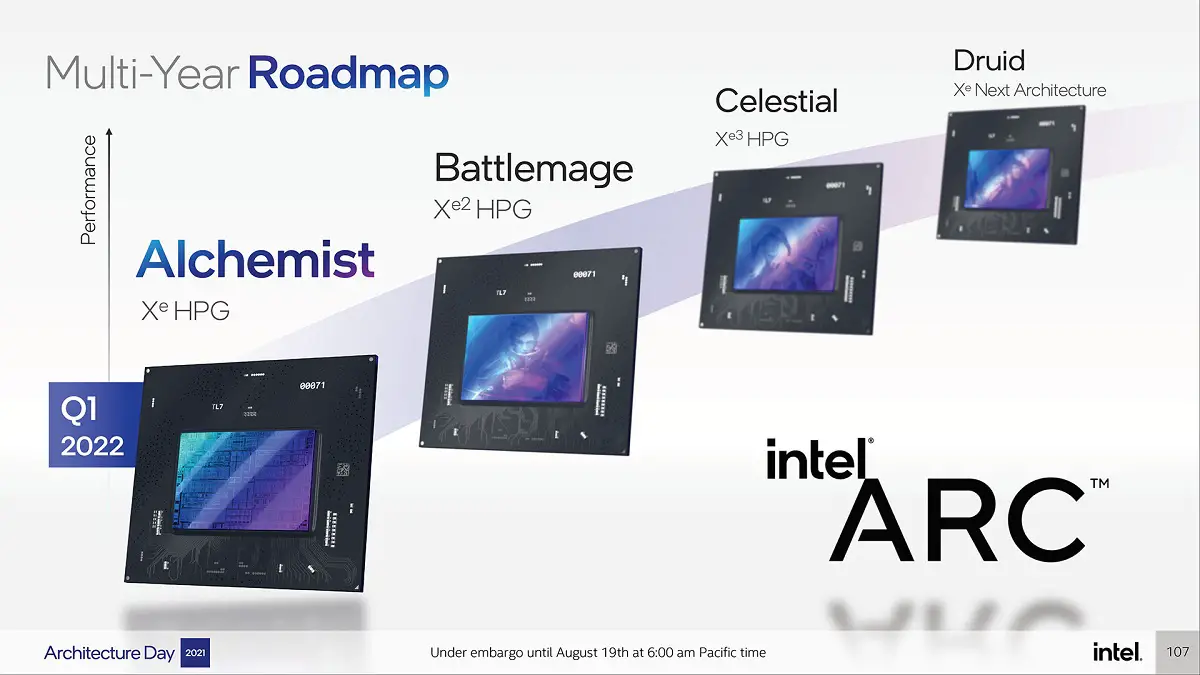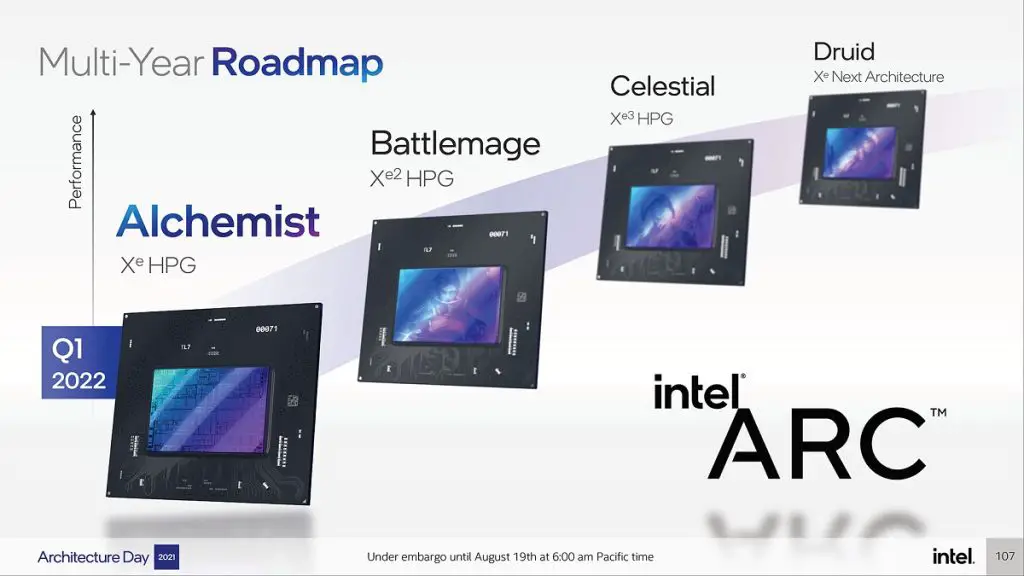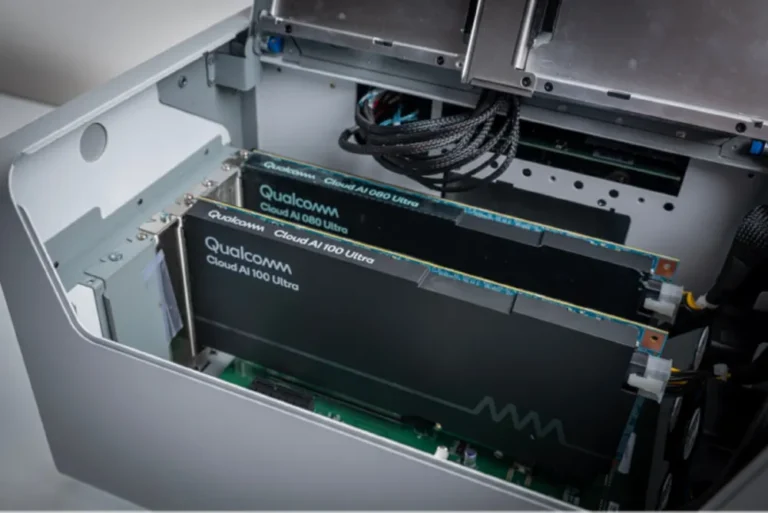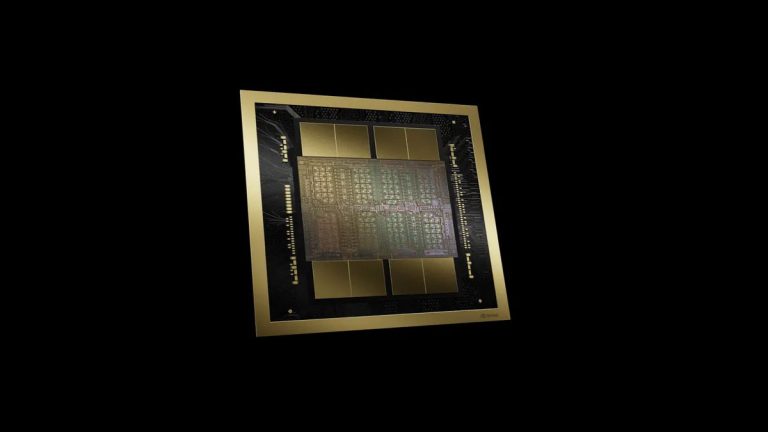
Recently, Intel listed the design tools for the BMG-G31 chip on its official website, confirming the flagship GPU of the next-generation Arc “Battlemage” discrete graphics card. While there have been previous mentions of this chip in various circles, this marks Intel’s first official acknowledgment of the new GPU.

The BMG-G31 is listed as “PTT Engagement – BGA3283-BMG-G31 VRTT Interposer – Prototypes,” indicating it uses the BGA-3283 package. In contrast, the current Alchemist discrete graphics card’s ACM-G10 chip uses the BGA-2660 package.
There are currently three known Battlemage GPUs:
- BMG-G10 (BGA-2362) – rumored to be canceled
- BMG-G21 (BGA-2727)
- BMG-G31 (BGA-3283)
In the Alchemist series, the ACM-G10 is larger than the ACM-G11, with the ACM-G12 positioned between them. For the Battlemage series, the BMG-G31 is expected to be the largest, anticipated to feature 32 Xe2 cores. The BMG-G21 is expected to have 20 Xe2 cores, while the originally planned BMG-G10, which was to have 28 Xe2 cores, has been canceled. However, Intel has yet to disclose details about the size and performance of these GPU chips. It is understood that Intel’s next-generation GPUs will continue to be manufactured by TSMC (Taiwan Semiconductor Manufacturing Company) using the 4nm process.
Previous reports suggested that the next-generation Arc “Battlemage” discrete graphics cards, based on the Xe2-HPG architecture, would be released around Black Friday (November 29) in the United States, exactly two years after the release of the existing “Alchemist” series. However, the latest news indicates that the release may be delayed until early 2025.
In addition to the Xe2-HPG architecture for discrete graphics cards, Battlemage will also feature the Xe2-LPG architecture for integrated graphics, aimed at simplifying driver development, reducing costs, and enhancing compatibility. The integrated graphics of Lunar Lake will be the first to adopt the Xe2-LPG architecture, expected to appear in late Q3 2024.


